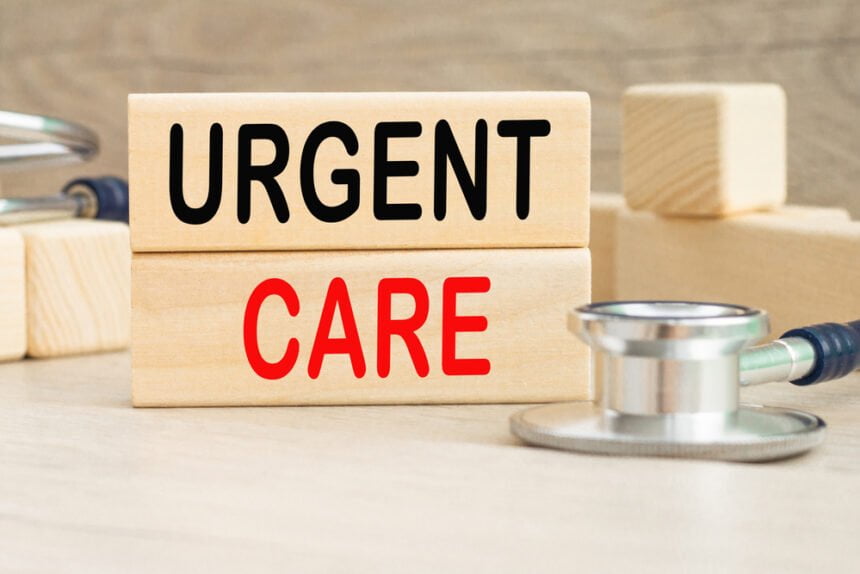In recent years, urgent care facilities have become increasingly popular and have taken up a considerable space within communities. These establishments provide individuals with a convenient alternative to traditional medical care.
How common are urgent care centers? In 2019, 29% of people visited an urgent care center. Of course, this was before COVID-19. More people probably visited during the pandemic, as they were afraid they might have been infected.
This article will explore the benefits of convenient assistance clinics for patients and consumers.
Convenient and Accessible Care
One of the most significant advantages of these clinics is that they are often conveniently located and accessible to people. Many traditional health and wellness establishments require appointments, which can be hard to schedule or take too long to access.
On the other hand, walk-in institutions accept walk-ins and have extended operating hours, making it easier for people to get evaluated and treated without waiting longer.
Shorter Waiting Time
No more standing in a line for hours only to be attended to for five minutes. Immediate assistance establishments are changing the way clients interact with healthcare assistance.
Supporters who visit emergency rooms for non-life-threatening conditions may experience long wait times, worsening the situation. In contrast, retail clinics have shorter wait times, making them an attractive choice for clients with urgent but non-emergency needs. The wait time for an illness can range from a few minutes to an hour, depending on the facility.
Lighter On Your Pocket
Another advantage of urgent care facilities is that they are often more cost-effective than traditional emergency rooms.
Customers seeking health maintenance and management at an immediate assistance center pay significantly less for services than those in the emergency room.
This means you’re saving money and can save that extra bucks for a rainy day.
Highly Skilled Professionals
Communities want professionals they can trust! Convenience assistance centers are staffed by highly skilled medical professionals capable of providing various services.
They have experienced and licensed physicians, clinicians, and trained nursing staff qualified to manage and treat various urgent conditions, including respiratory infections, flu-like symptoms, broken bones, and cuts requiring stitches.
These dedicated, hardworking staff members ensure that customers and community members are cared for and helped. This brings much joy, relief, and satisfaction in the areas they’re in.
Less Exposure to Infectious Diseases
Countless individuals who regularly visit doctors or hospitals fear contracting horrible diseases and taking those illnesses home to their loved ones.
Buyers seeking medical attention for non-life-threatening emergencies may risk exposure to infectious diseases in traditional emergency rooms.
However, groundbreaking assistance centers, like AFC Urgent Care establishments, have separate treatment areas to reduce the risk of cross-contamination between different individuals.
After-Hours and Weekend Care
In addition to offering extended hours, most walk-in centers open during the weekend, making them highly convenient for patients.
Many patients work during regular business hours from Monday to Friday, making it difficult to get help. Retail clinics have hours structured to accommodate people, even on weekends.
Less Crowded Waiting Rooms
Anyone who has ever been ill or needed preventative or pharmaceutical attention can agree that one of the central horrors of going to the doctor is the waiting room bursting with people who have not yet been seen or attended to.
This kind of center tends to attract fewer ill people than traditional emergency rooms. As a result, waiting areas are typically less crowded, making the environment more peaceful and allowing community members to receive care in a more personalized and comfortable setting.
Final Thoughts
Urgent care rooms offer consumers and patients many advantages that traditional emergency rooms may not.
Their accessibility and extended operating hours make them a convenient choice, especially for those who need health and wellness solutions after regular business hours.
They also feature shorter wait times, less exposure to infectious diseases, less crowded waiting areas, and comprehensive offering, which makes them a valuable resource for individuals seeking non-life-threatening emergency or urgent medical care.

